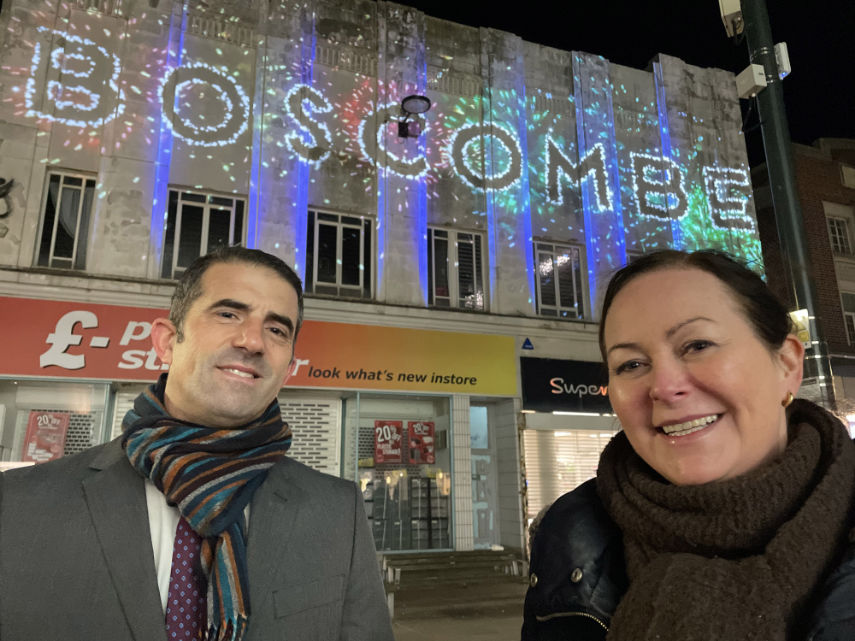Ahead, the lowered ruins of Corfe Castle tower over the gap in the chalk ridge. Here, on neighboring commons, yellow tansy, mauve watermint and thickets of ripe sloes, hips and hawthorn brighten up the splashy, rolling land.
Climbing to Challow Hill from Corfe our gaze down is necessarily focused on the extremely steep steps, but laterally some blue bellflowers attract our attention.
On the exposed summit, away from the noise of traffic, crows caw and peck on the shallow, rain-softened soil and grass; reddish-brown cattle face the southwest wind and the distant prospect of Portland Bill.
The view to the north over the vast moorland, coniferous woods and saltings around Poole Harbor is partly obscured by threatening clouds, but the sun shines on this prominent chalk outcrop, which stretches for miles from Lulworth to Ballard Down and the stacks of Old Harry, then under the sea to the Agulhas. On this rolling plain, near the mounds of Nine Barrow Down, gray-haired sheep graze among the parched grasses, brambles and gorse. The milky blue of Swanage Bay comes into view with its pier, campsites, holiday cottages and suburbs stretching towards Langton Matravers.
In Swanage, until the end of the 19th century and the advent of tourism, the quays were cluttered with Purbeck stone (“bankers”); the slabs were roughed up in small boats, rowed by shippers to ketches for shipment to London. For centuries, stone was quarried from underground (called ‘quarrs’ here) and then hoisted to the surface through shafts and tunnels.
Today, some stones are still quarried from open pits on the plateau south of our chalky vantage point; beyond and on the south coast, disused quarries eat away at the steep, blocky cliffs of Winspit, Seacombe and Dancing Ledge. According to Worth Matravers, ancient cultivation areas (“strip lynchets”) are reminders of earlier human influence on the landscape. Last month, between there and the vaulted chapel of St Aldhelm’s Head, hundreds of swallows and swallows slithered, darted and dived, feeding on insects above the seeded vegetation, ivy flowers, of wild cabbages and overripe blackberries, above the sparkling sea.
 Welcome To Poole
Welcome To Poole
_w=1200_h=630.png?v=20220321141806)


